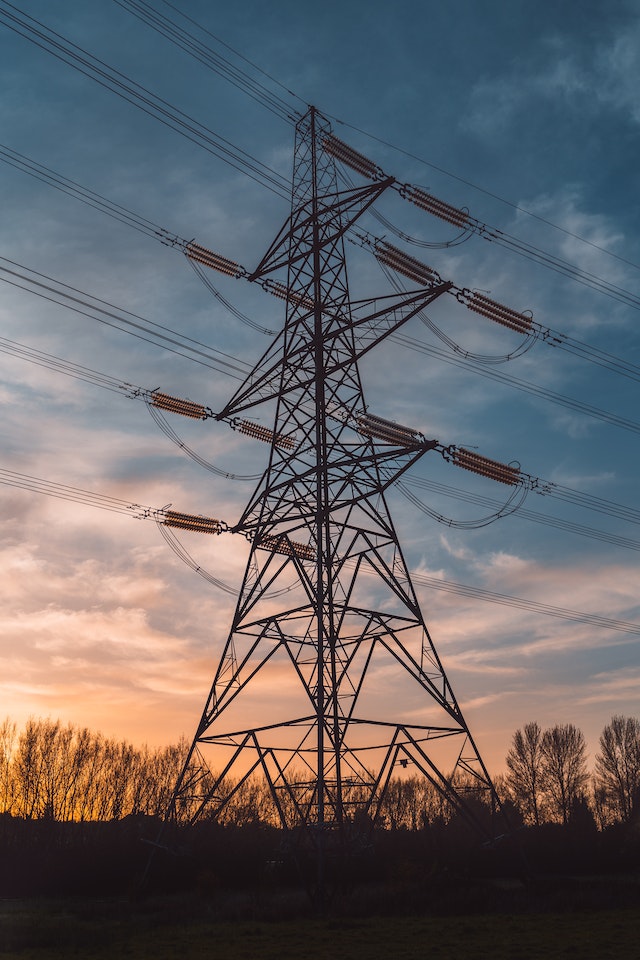In a recent announcement, the Energy Information Administration (EIA) has made a bold prediction that has caught the attention of homeowners across the United States. According to the EIA, residential electricity prices in the US are projected to decrease by an average of 1% in the coming year. This optimistic forecast has been attributed to a retreat in fuel prices used for electricity generation, including a significant 34% year-to-date decrease in natural gas futures (NG=F), which currently hover just below $3 per million British thermal units (MMBtu).
While a 1% decline in electricity costs may not seem like a substantial figure at first glance, it stands in stark contrast to the 4% increase expected in residential utility bills this year. The last time the nation experienced a similar decline in electricity costs was in 2016, with the last decrease prior to that occurring in 2002.
Despite the confident forecast by EIA, some economists remain skeptical about the prospects of lower electricity prices for US households. Ed Hirs, an economist and energy fellow at the University of Houston, has expressed concerns that investments in new electricity generation plants may not yield sufficient returns on capital, potentially leading to an eventual increase in residential bills.
Moreover, the positive outlook is not evenly distributed across all regions of the country. The EIA’s data indicates a range of outcomes, with some areas expected to see reductions of up to 3.7%, while others may face increases of 4%. For example, residents in the eastern north-central part of the US, encompassing states like Indiana, Illinois, and Michigan, as well as the south Atlantic states of Maryland, North Carolina, and South Carolina, are expected to enjoy a 2.5% to 3.7% decrease in their electricity costs. Conversely, homeowners in the Pacific Northwest, including Oregon, Washington, and California, could see an average increase of 4% in their bills.
While the projected changes may appear modest, experts stress the importance of adopting energy-efficient measures to achieve long-term savings. Tyler Hodge, Senior Economist at the EIA, emphasized that “Electric utilities have to cover their cost of providing electricity to retail customers. So there’s a lot of different costs built into those retail rates.” Thus, consumers are encouraged to explore energy-saving options that can help offset the potential long-term cost increases.
In conclusion, the EIA’s forecast of a 1% decrease in US residential electricity prices for 2024 is undoubtedly promising. However, caution remains warranted due to the considerable variation between potential increases of 4% and decreases of 3% in different regions. Regardless of the outcome, the importance of adopting energy-efficient practices and technologies cannot be overstated, as they hold the key to mitigating the impact of fluctuating electricity costs on American households and ensuring long-term financial stability.
Source: Yahoo Finance



